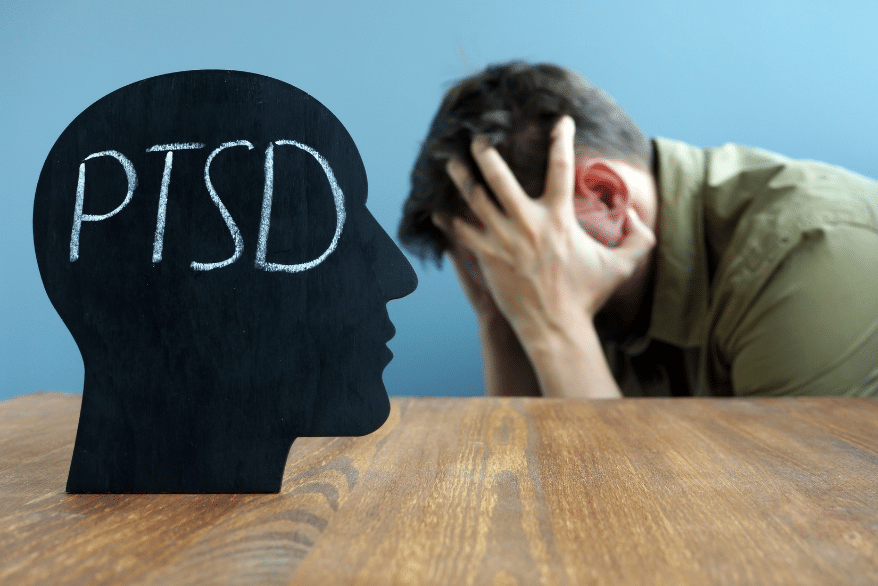
Posttraumatic Stress Disorder (PTSD) is a familiar term that most people have heard of. We may have witnessed countless times through our TV screens while watching a war movie or documentary. But there could still be that lingering thought of, is PTSD for real? The simple answer is yes. PTSD is considered to be a mental health disorder that an individual develops when they go through or witness a life-threatening event. Life stressors are a normal part of everyday life, but when those stressors begin to take over an individual’s day-to-day functions, that’s when checking in for help is needed.
PTSD isn’t selective to specific populations; anyone can develop it if they go through or witness a life-threatening event. But just because someone experience a traumatic event doesn’t mean they will develop the disorder. In fact, most people don’t develop PTSD and can go back to their day-to-day life after a traumatic event. However, some factors increase the risk of an individual developing PTSD. Individuals who have experienced long-lasting trauma, childhood abuse, have anxiety and depression or are in high-risk jobs that increase the risk of exposure to traumatic events ( first responders, members of the armed forces ) are examples of factors that would put an individual at an increased risk for PTSD. Studies have found that women are twice more likely than men to develop PTSD, along with individuals from unsupportive homes and those with a history of substance abuse.
Symptoms of PTSD may surface a month after the traumatic event, or it may be years before an individual begins to develop symptoms. The symptoms are grouped into four categories: intrusive memories, avoidance, negative changes in thinking and mood, and arousal. In the intrusive memories category, symptoms may include flashbacks or nightmares and emotional or physical distress of something that reminded you of the traumatic event. Symptoms in the avoidance category include avoiding anything that reminds the individual of the traumatic event, such as people, places, or items linked to the event. The symptoms in the change in thinking and moods category are negative thoughts of self and the world around them, lack of interest, feeling of detachment from loved ones, and memory problems. In the last category of arousal, those symptoms include being easily startled, always on guard, difficulty concentrating, and overwhelming feelings of guilt or shame. For an individual to be diagnosed with PTSD, symptoms must be present for at least one month and meet the criteria of having at least one symptom from the intrusive memories category, at least one from avoidance, at least two from change of thinking and mood, and lastly at least two from arousal.
The two main approaches to treating PTSD are medication and psychotherapy. Antidepressants are the most studied medication for treating PTSD. Cognitive-behavioral therapy (CBT) has been the most helpful when looking at psychotherapy. Besides those two approaches, having a strong support system can also help the treatment process.
Sources:
http://www.ptsdalliance.org/who-is-at-risk
https://www.mayoclinic.org/diseases-conditions/post-traumatic-stress-disorder/symptoms-causes/syc-20355967
https://www.nimh.nih.gov/health/topics/post-traumatic-stress-disorder-ptsd#:~:text=thoughts%20of%20revenge.-,Risk%20Factors,disaster%2C%20or%20other%20serious%20events.